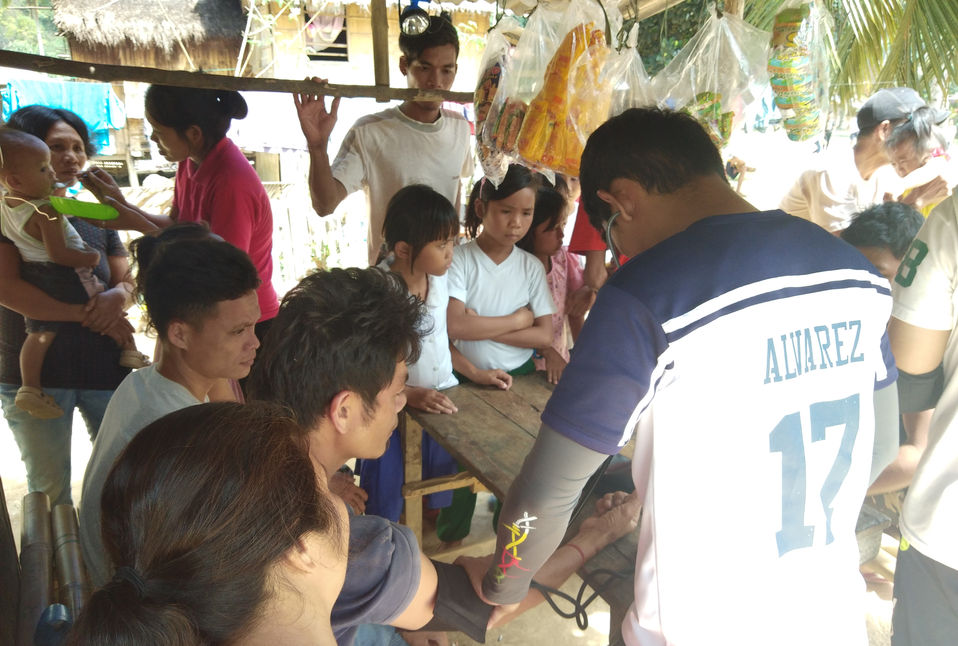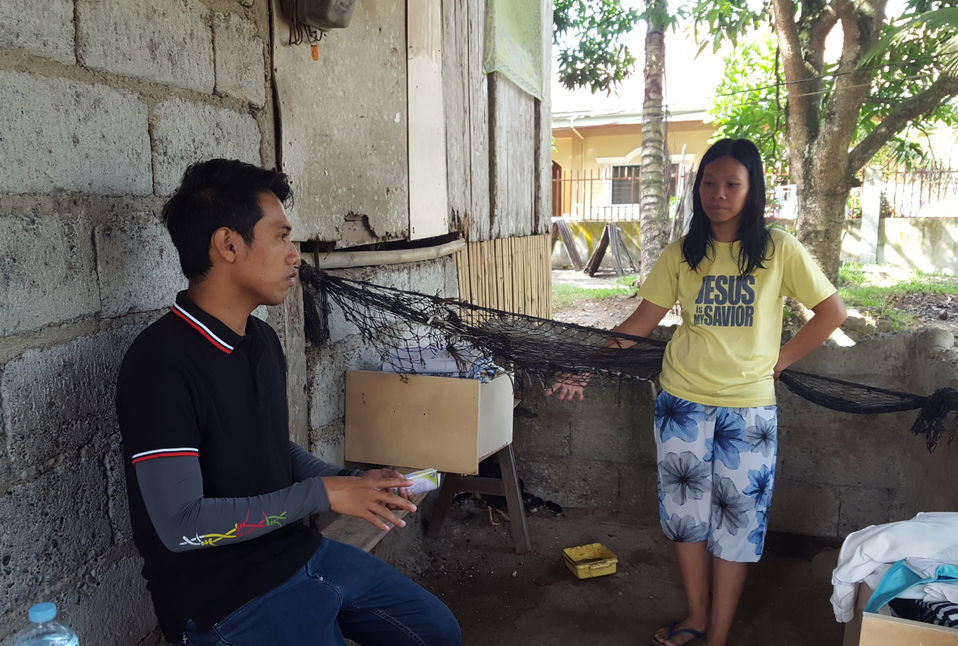
Isa ka Semana sa Maras
Barangay Maras. 7 puroks. 2769 population as of 2018. 649 households..
And we’re going to visit every single one of them.
Our goals in mind were to introduce ourselves to each household member and establish rapport, state our purpose of stay, and informally survey the community as to what their perceived health problems are.
We were told by the Barangay Officials that they have waited for us to arrive so that we can help them in their Dengue Drive. This was mandated by the Rural Health Unit because of the high incidence rates of dengue, both of Barangay Maras and of the Muncipality of Sindangan. This project of the barangay is intended for raising the awareness of the community regarding the prevalence of Dengue, its manifestations and when to seek consultation, and preventive measures that can be done to ensure that the barangay is dengue-free.
In planning as to how we’re going to visits all these households and how to approach all these people, we’ve decided to visit first the biggest purok, which was Cacao, and spend the whole day there. Then on the next day would be the far-flung, mountaintop purok of Capunong, and we’ll also spend the whole day there. The other puroks will be dealt within about half a day so we can finish 2 puroks in a day. We paired it according to their proximity, so Waling-waling and Manan-aw on one day, then Mahayahay and San Francisco the next day. Lastly, purok Sunshine, which is divided by the highway, will be visited on the final day.
As for the Dengue Drive, we’ve come up with pamphlets to be given to the people. The content of these leaflets were in their local dialect, Visayan. In it are the signs and symptoms of Dengue fever and the ways they can do to prevent Dengue, with emphasis on sanitation of both self and environment.
We’ve relayed our plan to the barangay captain and she was amenable with it. She assigned either a barangay councilor, a barangay health worker, or both to accompany us as we journey into these different places. So we’re almost good to go! We just had one more minor problem…
Not all of us can speak the dialect.
Quick fix. Since 4 members can speak Visayan, while the rest can’t, we divided the group into 4 pairs. A pair consisted of 1 Visayan-speaking member and 1-dili kabalu member. After 1 purok is completed, the pairs will then rotate so that all of us would have an equal opportunity to be paired to one another.
As we visited all these houses, we introduced ourselves to them and stated the purpose of our stay here. We also got to ask them what they believe the health problems of the community are. It turns out that even though they all live in the same barangay, there seem to be no consensus as to what major health problems exists in the community.
Puroks on the seaside and along the highway perceive the water system as a major problems, whereas those on the mountainside don’t see it as one, considering they depend on Springs to provide for their everyday water consumption. The puroks on the mountainside, meanwhile, perceive inaccessibility to health services, among other things, as a major health problem, which is not a problem for those living in the Plains.
While doing our visits, we then gave out the pamphlets and explained to them in as much as we can all the things to know about this deadly but very preventable disease. Questions were raised, such as how it is transmitted, how to seek treatment, and how to manage if one is suspected of having dengue fever. We answered their questions and clarified their concerns.
Overall, our house to house visits and dengue information drive proved to be a success, as not only were we able to manage to visit all the households and introduced ourselves to almost everyone in the community, but we’ve also got a piece of their minds as to what problems they see in the community.













